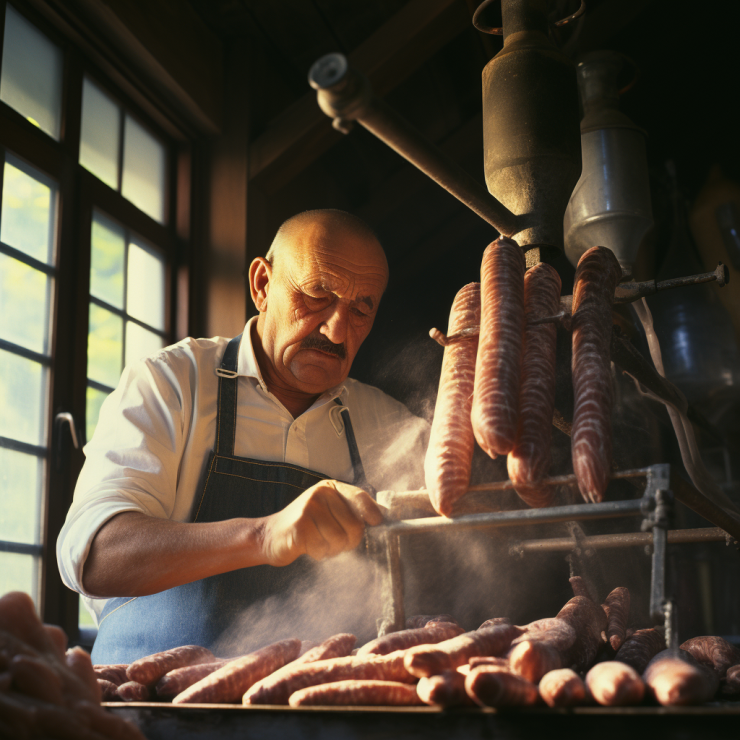Ultimate Guide to Sausage Casings: Types, Uses, and Tips for Beginners
Posted by Sausage Maker supplies on 9th Nov 2023
Have you ever wondered what gives sausages their shape and contributes to their unique texture and flavor? The answer lies in the small but mighty sausage casing. Whether you’re a home cook or a seasoned sausage maker, understanding the world of sausage casings is essential for crafting the perfect sausage. In this guide, we'll unravel the mysteries of sausage casings, helping you choose the right type for your culinary creations.
What Are Sausage Casings?
Sausage casings are the materials used to enclose the filling of a sausage. Traditionally made from the intestines of animals like pigs, sheep, and cows, casings have been a part of sausage making since ancient times. Today, they not only determine the sausage's final shape but also contribute to its texture, taste, and how it cooks.
Types of Sausage Casings
- Natural Casings: Natural casings are made from the submucosa layer of animal intestines, predominantly pigs, sheep, and cattle. They are favored for their ability to permit deep smoke penetration and develop a distinctive 'snap' that connoisseurs love. However, their irregular shape and size can be a challenge for beginners.
- Collagen Casings: Collagen casings, derived from animal collagen, offer a uniform size and are easier to handle than natural casings. They are ideal for beginner sausage makers and work well for various types of sausages, from breakfast links to snack sticks. While they don’t provide the same natural snap, they are versatile and user-friendly.
- Synthetic Casings: Synthetic casings are made from materials like cellulose, plastic, and even plant-based alternatives. They are non-edible and need to be removed before consumption. Synthetic casings offer durability and strength, making them suitable for a wide range of sausages, especially those requiring extensive processing.
Choosing the Right Casing for Your Sausage
Selecting the right casing is crucial for achieving the desired flavor and texture. Consider the size and type of sausage you want to make, the cooking method you'll be using, and the final presentation. Natural casings are excellent for traditional sausages and those looking for an authentic experience. Collagen casings are perfect for uniformity and ease, while synthetic casings are best for specialized sausages that require strong casing support.
Preparing and Using Casings
Before using natural or collagen casings, they must be soaked in water to ensure flexibility. Synthetic casings, on the other hand, are typically ready to use right out of the package. The key to filling any sausage casing is to avoid air pockets and not to overfill, preventing bursts during the cooking process. Store unused casings in a cool, dry place, ensuring they are well-sealed to maintain their quality.
Where to Buy Quality Sausage Casings
The quality of your sausage casings can make or break your sausage making. That's why our website offers a curated selection of the finest natural, collagen, and synthetic casings to suit all your sausage making needs. We source from reputable suppliers to ensure that you get the best, with consistent caliber and durability.
Conclusion:
Sausage casings are a vital component of sausage making. They influence everything from the sausage’s flavor to its appearance. With this guide, you’re well on your way to selecting the perfect casing for your homemade sausages. Remember, the best sausages are made with not just the right ingredients but also the right tools and supplies.
Ready to start your sausage making journey?
Click here to explore our selection of high-quality sausage casings and supplies. With our top-notch products, you'll craft delicious, homemade sausages that will impress!

